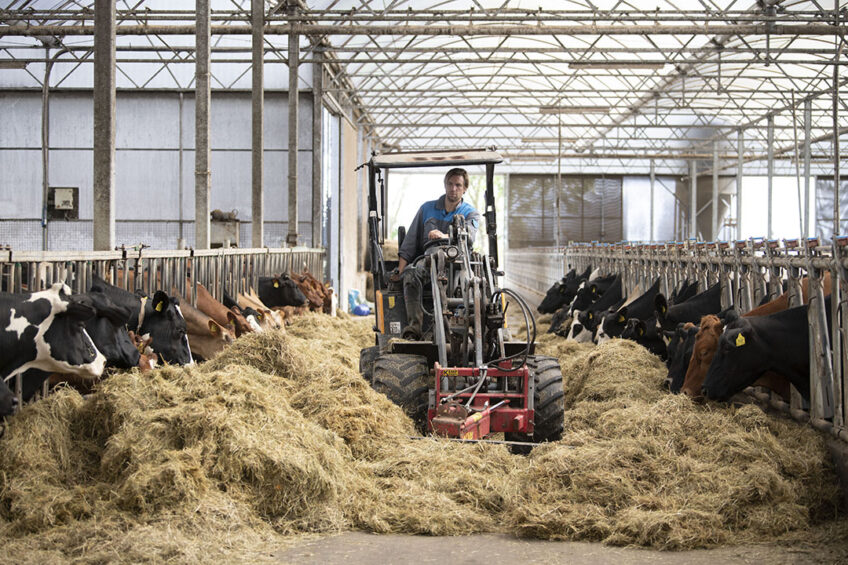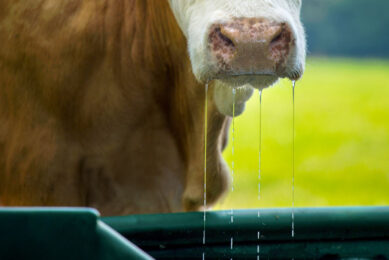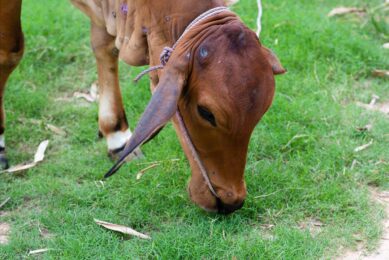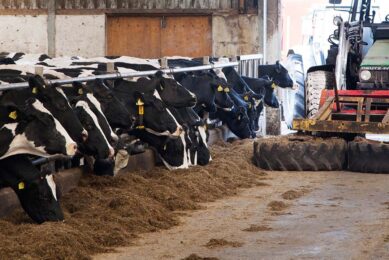Rodent impacts on dairy farm production and economics

Rodents are especially attracted to farms where easy access to animal feeds is available. What is the impact on a dairy farm?
Rodents are most prevalent in farms located near arable crop fields. Their population may increase during very cold or hot times of the year as they move to the farm area searching for protection against adverse climatic conditions.
They are especially attracted to farms where easy access to animal feeds is available. Too much debris or garbage on a farm is also a contributing factor to the prevalence of rodents. A tremendous amount of damage to a farm can be caused by rodent invasion unless effective control programs are carefully implemented.

Rodent population on a farm
To assess potential rodent damage on a farm, it is important to estimate the rodent population which in turn helps to make the necessary provisions needed for control of the problem. There are many approaches to population estimation, but under practical farm conditions, it is possible to simply estimate the rodent population based on a visual appraisal (Table 1). The presence of fresh faeces, runway warrens, and burrows may also be indicative of the rodent population and activity.
Rodents and farm facilities
Because of the burrowing and gnawing activities of rodents, they can undermine foundations and destroy doors, curtains, electric wires, telephone cables, plastic feeders, and drinkers. Rodents also damage plastic pipework, interfering with water supplies. Similarly, they damage insulation materials, and hence affect the optimum temperature and humidity in the house. Rodents do not necessarily eat such hard objects. Rather, they tend to gnaw on them to sharpen and maintain the normal length of their continuously growing teeth, which would otherwise grow up to 10-15 cm long.
Rodents and feed losses
Given the opportunity, a 250gr rat can eat its weight in feed each day. This means, for example, that a farm with a total population of only 50 rats can easily lose tons of feed every year. Shown in Table 2 are the economic losses that are attributed to the feed wastage by the rodent. A rat can contaminate 10 times the amount of feed it eats with its droppings, urine, and hair. A rat produces 25,000 droppings per year, a mouse 17,000. According to the U.S. Department of Agriculture, more than US$2 billion in feed is destroyed by rodents each year.
Rodents and animal health
Rodents are recognized as carriers of at least 45 diseases, including salmonellosis, pasteurellosis, leptospirosis, trichinosis, toxoplasmosis, and rabies. Mice and rats can carry disease-causing organisms on their feet, thereby increasing the spread of diseases which results in the following economic and production losses:
- Increased veterinary costs
- Increased replacement costs
- Increase in overall cull rate
- Decreased milk production
- Decreased slaughter value
- Decreased feed efficiency
- Loss of marketing animals for sale
- Premature culling of clinical or infected animals
- Increased susceptibility to other disease and possible breeding problems
- Loss of investment in a young stock that has been infected or exposed since birth
Rodent control
There are 2 general aspects of rodent control:
Rodent killing
Rodenticides such as warfarin, pindone, and diphacinone are commonly used for the control of rodents. These compounds are available in various grain-based formulations which may either be given to rodents as a loose meal or in a pellet form. For effective use of rodenticides, they should be placed only in locations of normal rodent activity, indicated by the presence of fresh faeces or other signs.
Trapping
Trapping can also be an effective approach to rodent control. This is particularly so in cases where the spread of disease agents from hidden rodent carcasses is of concern. Trapping may result in a reduction of up to 60-70% of the rodent population, provided that an adequate number of traps is available and that access to the animal feed is prevented.
References are available from the author upon request.
Join 13,000+ subscribers
Subscribe to our newsletter to stay updated about all the need-to-know content in the dairy sector, two times a week.
 Beheer
Beheer









 WP Admin
WP Admin  Bewerk bericht
Bewerk bericht